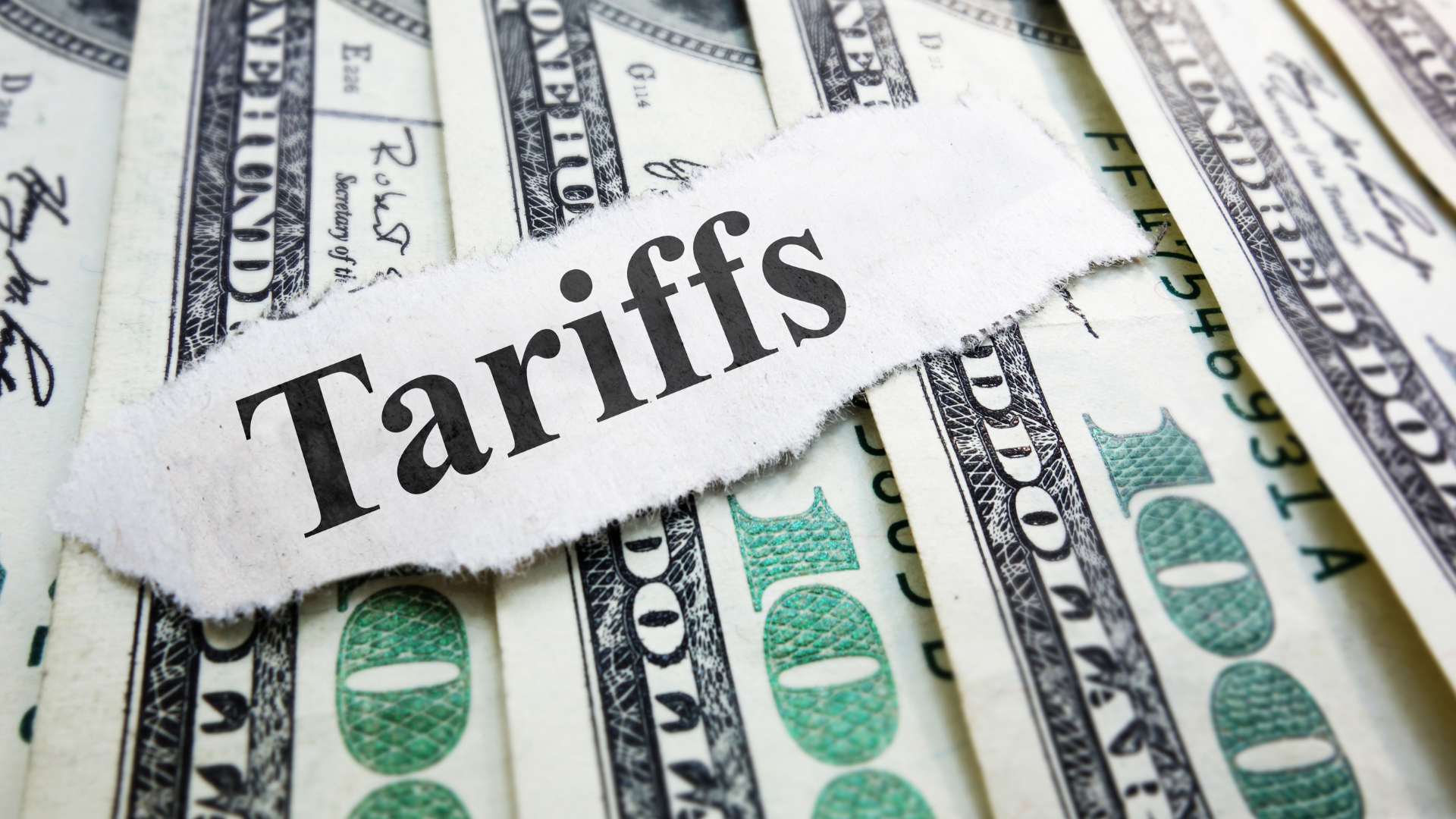Index of content
Leverage, or trading on margin, enables you to open large positions with only a limited amount of money in your trading account. It means that your profits can be increased, but also your losses, so beware!
The practicalities of leverage are misunderstood by many retail traders, so it’s essential to understand the risks (as well as the rewards) before committing your money to the markets in a leveraged account.
Leverage definition
Leverage is the ratio between the actual amount of money in your trading account and the amount of money you are able to trade with.
Leverage enables you to gain greater exposure to financial market positions with a relatively small amount of capital. Typical leverage for retail trading accounts can be anything from 5 times to 100 times leverage or more, with the amount of leverage depending on a number of factors:
- The asset traded – trading Forex, for example, has more leverage than crypto trading or individual share trading
- The broker – it is the broker’s choice (within legal limits) as to how much leverage they provide each trader
- Your trading experience – ‘professional’ traders can get more leverage than inexperienced retail traders
- European Law – on 1 August 2018, the European Securities and Markets Authority (ESMA) introduced new regulations to limit leverage for retail investors. However, many brokers have since moved their trading operations offshore as a way to avoid these regulations:
- 30:1 for major currency pairs
- 20:1 for non-major currency pairs, major indices and gold
- 10:1 for commodities (not gold) and lesser equity indices
- 5:1 for individual equities
- 2:1 for cryptocurrencies
When trading leveraged products, you deposit a certain amount of money with your broker, and the broker will then allow you to trade bigger positions. Effectively, the broker is lending you the balance for these bigger positions, and if you hold positions overnight, there is often a fee incurred. This fee is called ‘roll’, as you are rolling over your position settlement from one day to the next.
Your profit or loss is based on your full-size position, so the amount you gain or lose will be high in relation to the actual amount you’ve committed to each trade. The more leverage you have, the bigger positions you can take, and the bigger your swings of profit and loss can be. This is why leverage levels are restricted for less experienced traders, to protect them from blowing their entire account by being over-exposed.
Margin trading
Trading on margin (or margin trading) uses exactly the same principle as using leverage. In fact, margin is used to create leverage. The main difference is that margin is expressed as a percentage deposit required, while leverage is expressed as a ratio.
Margin = 1 x 100
Leverage
For example, a 5% margin is equivalent to leverage of 20 times, or a 2% margin is equivalent to leverage of 50 times, etc.
In the first example above, this means that for just £1,000 you can effectively make a £20,000 investment. Margin trading is the term most commonly used in futures markets, while leverage is the term used when spread betting or trading Contracts for Difference (CFD)
How leverage works:
Trading without leverage:
You have a £1,000 trading account and you want to buy shares of ABC Corporation.
Current share price: £1.00
You buy 1,000 shares, so your investment is £1,000. If the share price goes up by 5%, you can sell out of your position at a price of £1.05 per share:
Return: 1,000 shares x £1.05 = £1,050
Profit £50 (or 5%)
Trading with leverage:
If you buy ABC Corporation shares using 20x leverage, then you could get exposure to 20 times as many shares. Now you can buy 20,000 shares, but only commit 5% of the money (called margin deposit or initial margin):
Current share price: £1.00
Actual Cost (margin) £1,000
Exposure £20,000
If the share price goes up by 5%, you can sell out of your position at a price of £1.05 per share:
Return: 20,000 shares x £1.05 = £21,000
Profit £1,000 (or 100% of your £1,000 investment)
Magnified profits and losses
You can see that using leverage is a great way to magnify your profits, but it can also magnify your losses. As you can see from the example above, if the share price of ABC Corporation had declined by 5% instead of rising, then your whole £1,000 account would have been wiped out.
The joys of leverage
As you can see from the example above, leverage can be a double-edged sword.
There are, however, some practical benefits:
- Leverage frees up your capital since you only have to commit a fraction of the value of the assets you are trading.
- You can take much larger positions than would be possible with trading the actual underlying asset. This means you can get the most out of your capital, and perhaps invest in a range of different assets, instead of restricting yourself to one or two.
- Your profits are multiplied – often many times over.
Pitfalls of leverage
- When trading with leverage you give up the benefit of actually taking ownership (in the case of shares) or delivery (in the case of futures) of an asset.
- If the market goes against you, you could be called upon to deposit a greater margin to cover your losses.
- Most importantly, your losses are multiplied – often many times over, which can be catastrophic for your trading account.
Summary
While margin trading and leverage are useful tools to enable more flexibility and greater market exposure, it is vital to understand the risks, before committing leveraged money to the markets.
Personally, I measure my trading risk in absolute terms, such as risking a maximum of, say 1% of my trading account on any single position. In this way, my losses are fixed to manageable levels. Of course, limiting your risk to just 1% will mean that your profits are also limited. It’s your choice how much of your account you want to risk on each trade, and for smaller trading accounts, you may wish to increase this 1% to 5% or even 10%.
The essential thing to remember here is to keep tight control over the amount of money you’re risking on each trade, as well as across your whole trading portfolio. If you can do this, then you’ll stay in the game and your stress levels will remain low.





